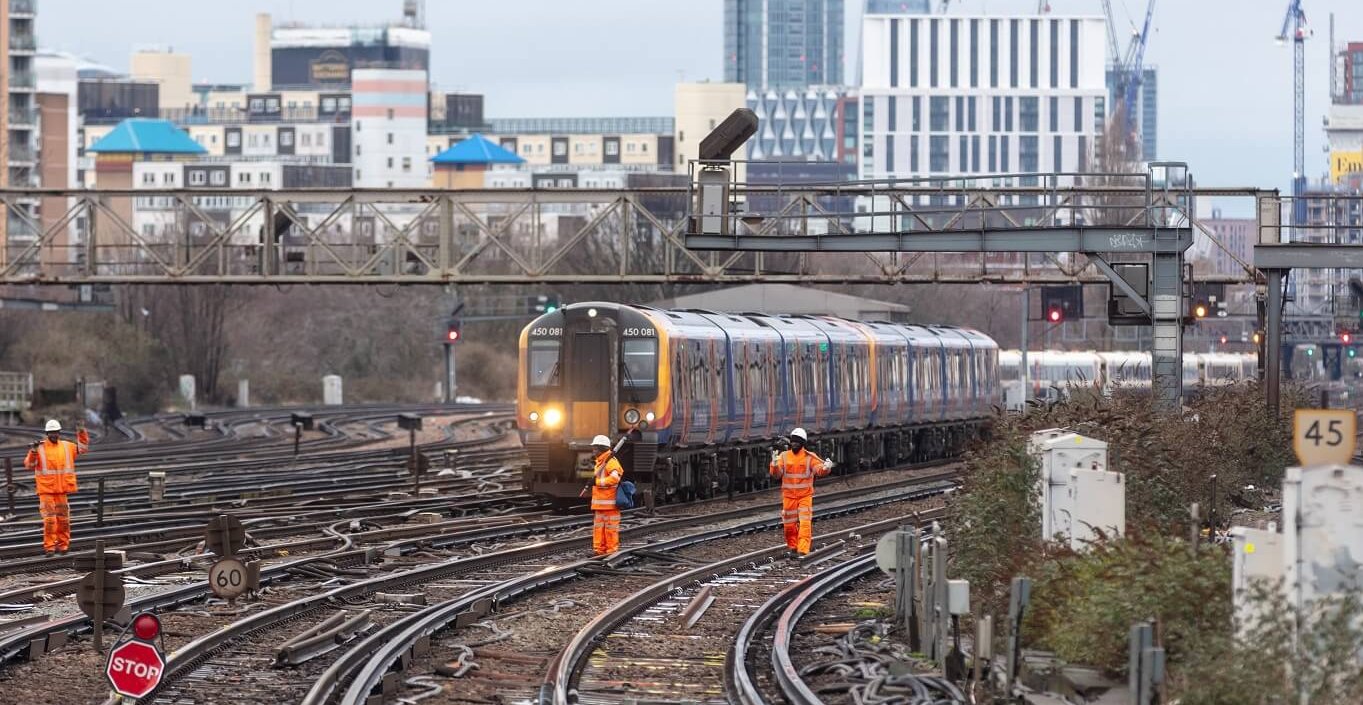Workforce safety and the role of management
This might seem obvious, because the role of management in overall workforce output and workforce safety is fundamental. Management decisions are at the forefront of working practices and outcomes. But when it comes to safety critical areas, it’s important to consider the way in which management structures, decision making and overall input can support, enhance and improve best practice.
It’s very easy for complacency to creep into the management of aspects such as workforce safety. Where an excellent safety record is demonstrable, aspects such as verbal and written communications can take a backseat, with a regression in their presence or simply a standing still and relying on old systems to continue working.
This goes beyond meetings and briefings and into more serious areas such as fatigue management. There have been high profile cases of fatigue management protocols not being adhered to in the transport industry, not least when Renown Consultants was fined £450,000 with £300,000 in costs by the Office of Rail and Road following the death of two its workers in a road traffic accident following the conclusion of an unacceptably long shift.
It was a failure of management to properly implement regulations. In road transportation and haulage, drivers are restricted to how many hours they can work consecutively without a break, with further rules around taking at least 11-hours rest consecutively during a given day. Again, management of drivers is investigated where infringements occur, with fines in place for discrepancies.
One of the roles of management is to seek to improve, and safety is no different. Data from CIRAS (Confidential Incident Reporting & Analysis System), which is used by Network Rail to anonymously gather feedback from its workforce, found that in 2019/20 over 60% of respondents felt that health and safety concerns were not taken seriously by management. Furthermore, only 75% said that they had received regular safety briefings.
Those numbers paint a clear picture of the need for improvement. Whilst deaths and serious injury remain low on the UK’s railway network, they do still happen. Ticking every safety box is imperative and that starts at the top.
Why are corners cut with workforce safety?
If we accept the adage that a chain is only as strong as its weakest link, then the same is true for workforce safety. A company can put in place structures and guidelines for aspects such as safety briefings as mentioned above, but if the management levels below them are not enacting them, what can be done?
Management structures on the ground face different challenges to those in the office. Works need to be conducted in time-critical circumstances, with every minute counting. It can be tempting, with that sort of pressure, to gloss over safety briefings to a team of experienced engineers and workers. They’ve been doing the job for years without harm befalling them, why would that change now?
There is also the element of human error. People make mistakes. If people are running late, or have made a mistake, then there will be a natural compulsion to make up for that, be it by skipping a briefing or working a bit longer to make up for it.
Improving processes to improve workforce safety
Recording and understanding these errors is part of the management remit. We can see from the ORR’s 2019/20 Rail Safety Report that 41% of major injuries suffered by the rail network’s workforce was a result of a slip or trip. The role of management in these risk factors is in recording and reporting them. Gathering evidence and understanding can help to reduce the likelihood of reoccurrence.
An accident like a slip or a trip can also happen to anyone at any time. When you factor that in against 60% of respondents to CIRAS’s survey stating that they don’t feel that management take health and safety concerns seriously, with 25% not receiving regular safety briefings, it’s clear that the role of management, at least in some circumstances, can be improved.
Elements such as safety briefings are crucial for reinforcing safety best practice. Monitoring that they are happening is equally as important, to ensure that they do.
Utilising workforce management software can greatly help to achieve this. Electronic recording of sessions, via handheld devices on site, allows you to record that briefings have taken place. Where they have not been recorded against a job, workflows can automate alerts to management. Leaving a reliable and transparent evidence trail helps management in understanding why accidents have occurred and if their processes have played a part in them.
Equally, such software can help management retain proper oversight of working hours and shift patterns, ensuring that fatigue management protocols and the like are adhered to.
Whilst the intentions of management decisions are always well meaning, it is vital to underpin them with a robust framework to support decision making and to help reduce the number of accidents that occur.
You can find out more in our white paper, Improving workforce safety across the UK’s rail network, which is free to read here.